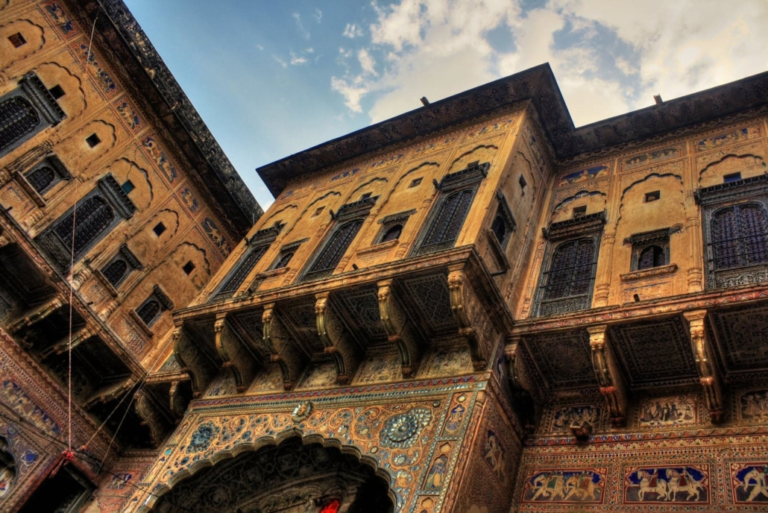Raising Islamic Learning Cities
Unveiling the Foundations: The Evolution of Islamic Learning Cities
In understanding the genesis of learning cities within the Islamic world, a rich tapestry of historical, cultural, religious, and socio-economic factors comes to light. These elements have collectively shaped the landscape of education in Islamic societies, fostering an environment where the pursuit of knowledge is deeply ingrained. Let’s delve into the intricate factors that have contributed to the creation of Islamic Learning Cities:
- Islamic Tradition of Learning: The Islamic tradition places an unparalleled value on seeking knowledge, considering it not only a personal endeavor but a religious duty. This inherent respect for education forms the cornerstone for the development of learning cities in the Islamic world.
- Islamic Philosophy of Education: The influential work of the 14th-century scholar Ibn Khaldun, particularly his “Muqaddimah” (Introduction), underscores the pivotal role of education in the evolution of civilizations. His groundbreaking ideas laid the foundation for comprehending the intricate relationship between education and societal progress.
- The centrality of Mosques: Mosques, beyond being places of worship, have historically served as dynamic centers for learning. The courtyards of mosques were hubs for educational activities, where scholars convened to impart knowledge and engage in discussions across various subjects.
- Preservation and Transmission of Knowledge: The House of Wisdom in Baghdad stands as a testament to the commitment to preserving and transmitting knowledge. As a key institution for the translation of classical Greek and Roman texts, it played a pivotal role in the development of learning cities.
- Historical Centers of Learning: The Islamic Golden Age (8th to 14th centuries) witnessed the emergence of major learning centers such as Baghdad, Cairo, and Cordoba. These cities became thriving hubs for scholars, scientists, and intellectuals, fostering a vibrant intellectual atmosphere that propelled the progress of society.
- Madrasahs and Educational Institutions: Madrasahs, or Islamic schools, have a longstanding tradition in the Islamic world. These institutions, found in many cities, provide education in both religious and secular subjects, contributing significantly to the learning culture.
- Urbanization and Trade: Cities along major trade routes in the Islamic world flourished as centers of commerce and culture. The resultant urbanization and economic prosperity often led to the establishment of educational institutions, further fueling the growth of learning cities.
- Cultural Diversity and Tolerance: Many Islamic cities were characterized by a unique blend of cultural diversity and tolerance. This inclusive environment facilitated the exchange of ideas, fostering a rich intellectual and learning atmosphere that transcended societal boundaries.
In essence, the creation of Islamic Learning Cities is a testament to the multifaceted influences that have shaped the educational landscape throughout Islamic history. This historical context provides a comprehensive understanding of how these cities have evolved into vibrant hubs of knowledge, innovation, and cultural exchange.
